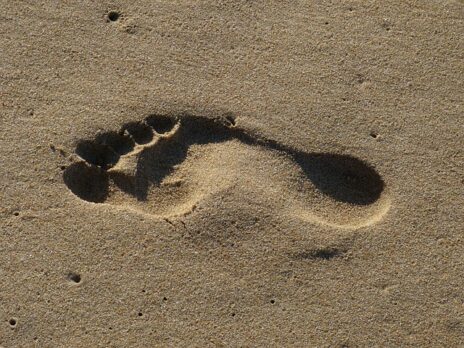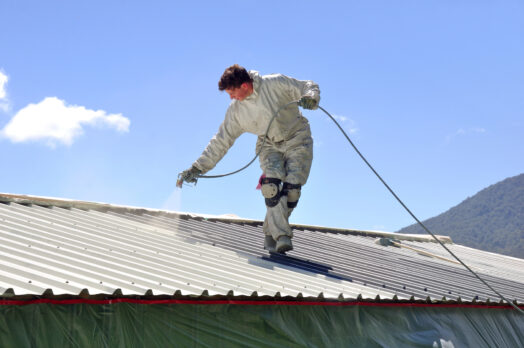
How your daily choices can reduce your personal impact on the planet
Our planet can’t be saved by small changes alone but taking steps to reduce our individual carbon footprints may help ease our climate anxiety and create a ripple effect, encouraging others to also make changes, which adds up to something much bigger.
Personal carbon footprints are the result of decisions we make about how we get around, what we eat, what we buy, and where we live. Cutting our carbon emissions can mitigate some of the effects of climate change and help maintain cleaner air, water, and food.
Here are some ideas to get you started:
Weatherize your dwelling. According to the U.S Department of Energy, 25 to 30 percent of household heating and cooling is lost through windows. Homeowners with single-pane windows should understand how they affect a home’s energy efficiency and their environmental impact and how much energy can be saved by replacing old windows. One of the easiest ways to save energy in your home is by closing up the cracks around windows and doors with weatherstripping.
Waste less food. Chew on this: Food waste in the United States has a greater carbon footprint than the airline industry. And wasted food can have serious environmental consequences. In the average U.S. home, about 37 percent of food is wasted. Help reduce your carbon footprint by mindful food shopping and using up those leftovers! Learn more about the climate impacts of food production.
Give up the grass. According to the Environmental Protection Agency, maintaining the estimated 40 million to 50 million acres of lawns in the continental United States lawns requires nearly 3 trillion gallons of water annually. In 2020, Americans used roughly 3 billion gallons of gasoline to run lawn and garden equipment, which is the equivalent of nearly 6 million passenger cars running for a year. Consider landscaping options that conserve water.
Don’t shop til you drop. In many cases, the “greenest” product you can buy is nothing at all. Unless you’re buying a tree or purchasing a significant upgrade from something you already own, like trading in your old gas-guzzling car for an electric vehicle, you are better off refurbishing or upcycling existing items than acquiring more stuff. Producing, using, and transporting most products require water, land, and fossil fuels. Not to mention the costly environmental impacts of fast fashion.
Rock down to electric avenue. Changing the way we get around is one of the most powerful actions individuals can take against climate change. Although new electric vehicles (EVs) can be expensive, the cost is expected to come down as more car manufacturers start producing them. Fuel and maintenance costs of EVs are also lower than those of gas-powered cars, making them more affordable over their lifetimes than combustion engine cars. Here’s why the future of transportation is electric.
Beach, please! Coral reef decline is not just a problem for ocean lovers – it is also a global issue that requires collective action. Pack smarter for your next beach vacation to help save coral reefs by choosing mineral-based sunscreens and toiletries instead of those containing oxybenzone. And don’t forget to bring your own reusable water bottle, utensils, and bag, so you can avoid using single-use plastics.
Spare the airfare. One round-trip flight between New York and California is equal to one-fifth of the annual greenhouse gas emissions from your car. If you have to fly, you can buy carbon offsets for your flight like donating to a wind farm or to a forest conservation program.
Recycle and reuse. Recycling leads to substantial resource savings. Of the 7 billion tons of plastic waste generated around the world so far, less than 10% has been recycled. Choose food with no plastic packaging, carry a reusable bag, and refill containers. Donate your stuff instead of throwing it away. Borrow, rent or share items that are used infrequently.
Feeling inspired? You can calculate your individual climate footprint right now.
Learn more @ The Washington Post and The New York Times

The summer sun can turn your home into a furnace, sending your air conditioning unit into overdrive and your energy…

This year, why not gift yourself with energy efficiency? Whether you prefer a light touch or are the next Clark…

This past summer was both the hottest one on record and predicted to be the coolest one in our future.…